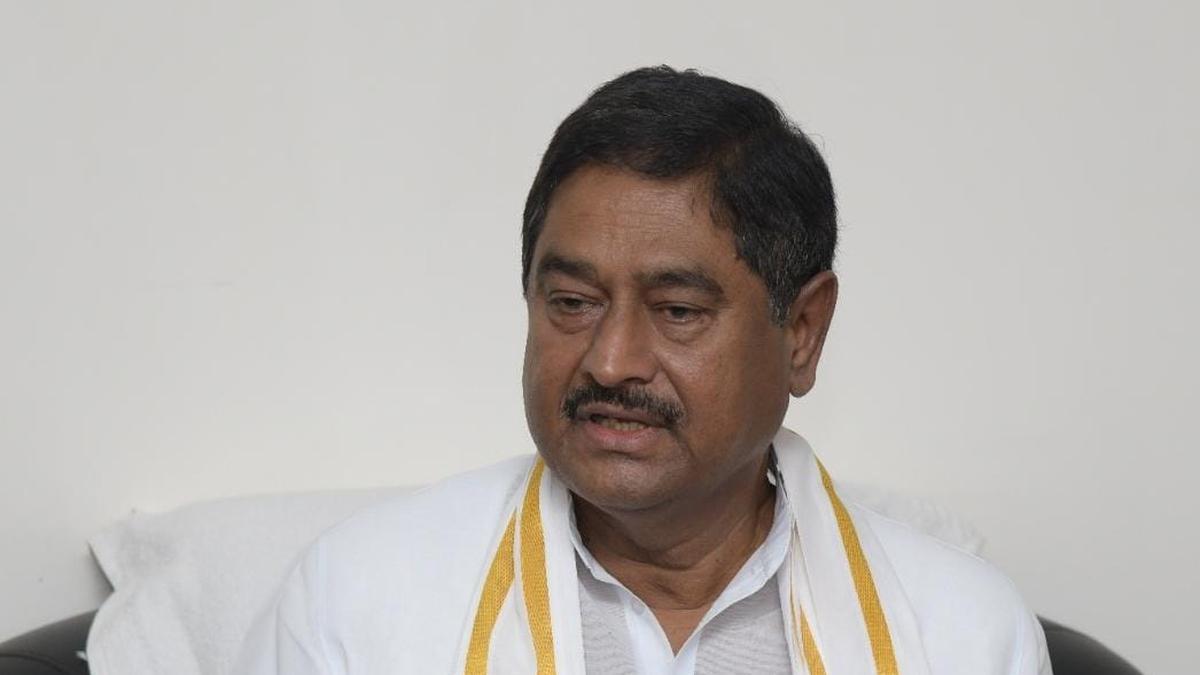Now Reading: Report Links Crash to Human Error
-
01
Report Links Crash to Human Error
Report Links Crash to Human Error
Quick Summary
- Incident Overview: Air India flight AI 171 crashed shortly after taking off from Ahmedabad on June 12, 2025.The Aircraft Accident Investigation Bureau (AAIB) released the preliminary report regarding the accident amid international scrutiny.
- Preliminary Report Findings:
– RAM air turbine deployment is confirmed via CCTV footage but lacks further clarity.
– Confusion over cockpit voice recordings-investigators failed to distinctly identify which pilot spoke during a critical exchange about fuel cutoff.
– Discrepancies in pilot experience hours and licensing details cast doubt on report accuracy.
- Airport Deficiencies:
– Ahmedabad airport had no rescue and firefighting services available (RFFS ZERO) immediately after the crash, violating mandatory ICAO safety standards.- Flights resumed operations within three hours despite the unavailability of adequate safety measures.
- Human Factors: The report suggests possible fatigue or stress among operating crew but does not delve deeper into these aspects. Concerns remain over failure to address human factors affecting aviation safety comprehensively.
Indian Opinion Analysis
The tragic crash of Air India’s flight AI 171 highlights important lapses across multiple fronts-aircraft operations, regulatory oversight, and airport preparedness. The preliminary investigation raises more questions than answers with vague reporting undermining public trust in aviation safety protocols.Accurate identification of cockpit actions and openness regarding discrepancies in pilot credentials are critical for establishing accountability.
The Ahmedabad airport’s shortcomings are particularly alarming; operating flights without proper firefighting measures posed severe risks to subsequent passengers-a blatant violation of ICAO standards that demands stricter enforcement mechanisms by Indian authorities.
this incident underscores an urgent need for systemic changes within India’s aviation sector to prioritize human factors like crew fatigue management alongside rigorous adherence to technical protocols. Accountability at regulatory bodies such as DGCA is pivotal for ensuring tragedies like this aren’t repeated. Comprehensive reforms could pave the way toward safer skies while bringing closure to victims’ families through honest investigations devoid of ambiguity.























